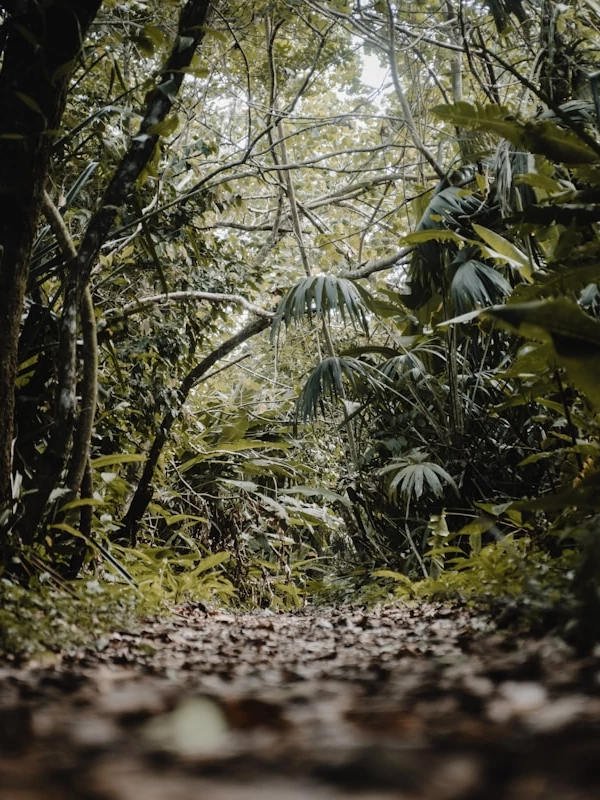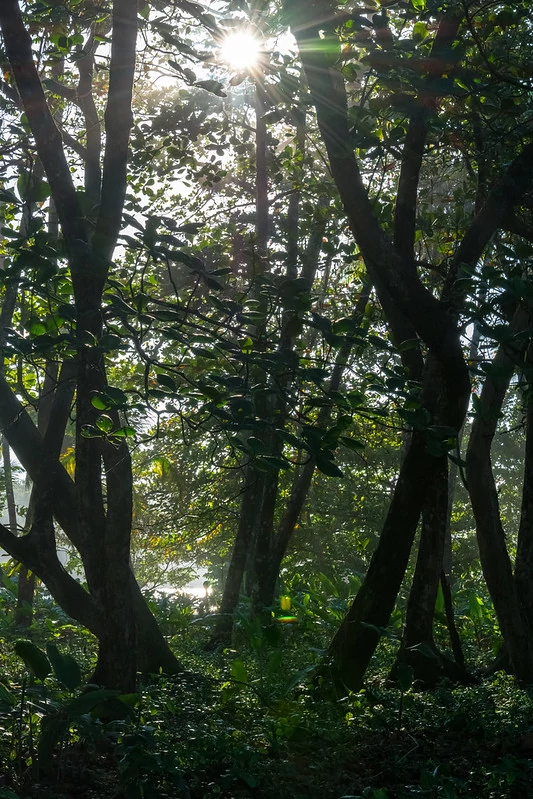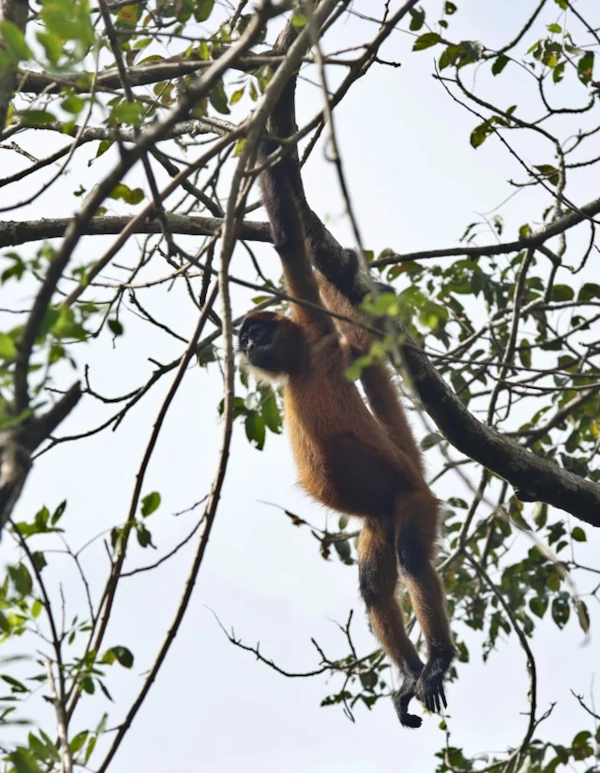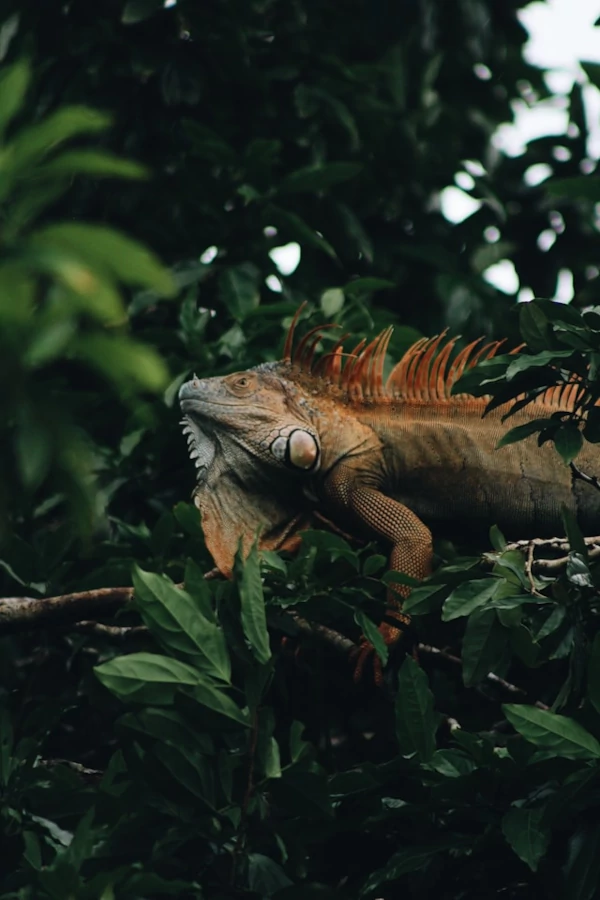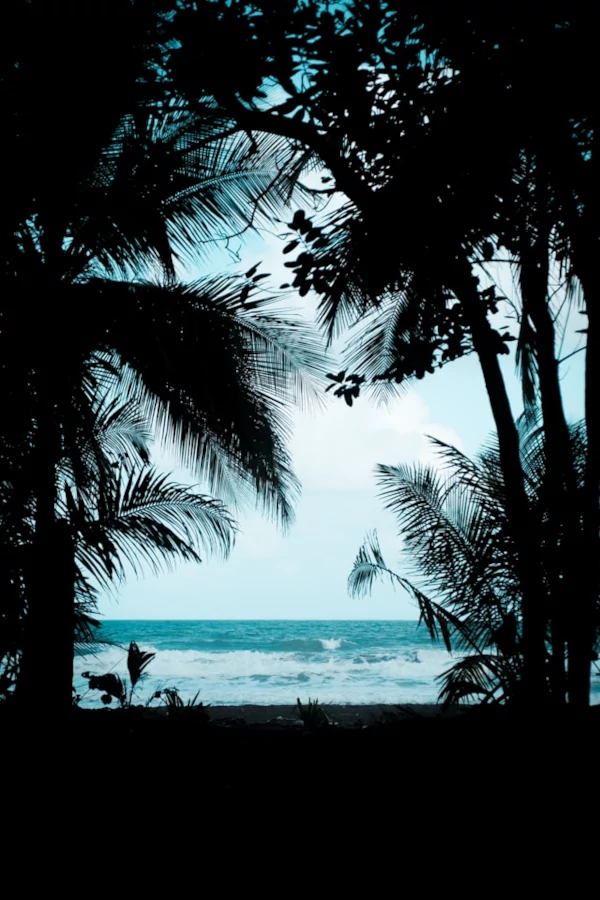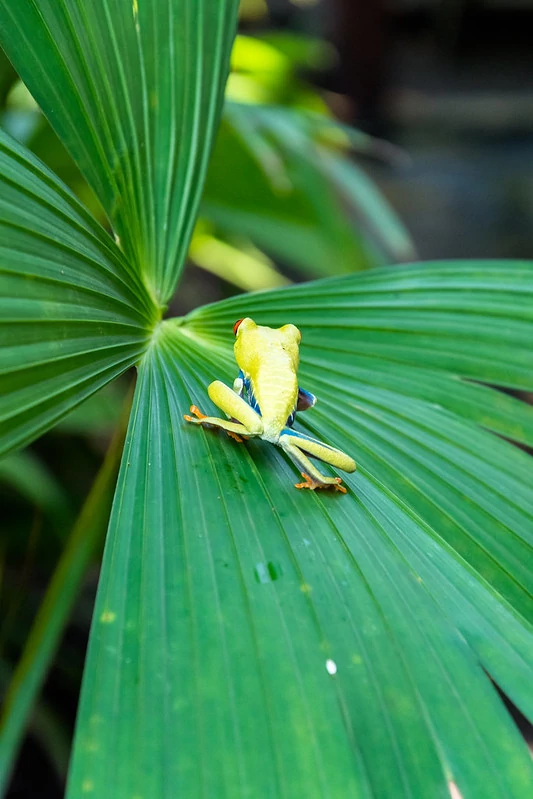Tortuguero National Park: Complete guide
Unique Features of Tortuguero National Park
A Land of Canals and Rainforests
Tortuguero National Park is often called the "Amazon of Costa Rica" due to its intricate network of freshwater canals, lagoons, and dense tropical rainforests. These waterways are perfect for exploring by boat or kayak, offering a front-row seat to the park's vibrant wildlife and lush vegetation. The canals are also an essential lifeline for the area's ecosystems, connecting habitats and supporting biodiversity. If you're curious about the best ways to explore these waterways, check out our guide on Exploring the Canals of Tortuguero: A Waterway Adventure.
A Sanctuary for Sea Turtles
The park's name, which translates to "Land of Turtles," is well-earned. Tortuguero is one of the world’s most important nesting sites for green sea turtles, as well as leatherback, hawksbill and loggerhead turtles. Every year, from July to October, visitors can witness the awe-inspiring sight of turtles laying their eggs on the beach, while hatchlings make their perilous journey to the sea shortly after.
Remote, Untouched Paradise
Accessible only by boat or small plane, Tortuguero offers a sense of isolation and tranquility rarely found elsewhere. This remoteness has allowed its ecosystems to remain pristine and its wildlife to thrive. Walking through the rainforest or gliding down the canals feels like stepping into a world untouched by time.
A Birdwatcher’s Dream
With over 400 bird species, Tortuguero is a paradise for bird enthusiasts. From colorful toucans and great green macaws to herons and kingfishers, there’s always something incredible in the treetops or along the water’s edge. Be sure to bring your binoculars for the chance to spot rare and exotic species. To enhance your birdwatching experience, check out our guide: A Guide to Birdwatching in Tortuguero National Park.
Diverse Ecosystems in One Park
Despite its relatively small size (76.937 hectares), Tortuguero packs a punch with its variety of ecosystems, including rainforests, mangroves, swamps, beaches, and lagoons. This diversity makes it a haven for countless species, from tiny poison dart frogs to elusive jaguars. It’s this rich tapestry of habitats that sets Tortuguero apart as one of Costa Rica’s most biodiverse destinations.
Wildlife You’ll Encounter
Tortuguero National Park protects a huge amount of species. In total, there are currently recorded 734 plant species, 442 bird species, 138 mammal species, 118 reptile species, 58 amphibian’s species and 460 arthropod’s species. In the next years or decades more species may be discovered.
Turtles: The Stars of Tortuguero
Tortuguero is synonymous with sea turtles, and for good reason. This park is one of the most important nesting sites for green turtles, the most important one in the western hemisphere, as well as leatherback, hawksbill and loggerhead turtles. From July to October, visitors can witness the magical sight of turtles coming ashore to lay their eggs. Watching baby turtles make their first dash to the ocean is a once-in-a-lifetime experience. To make the most of your visit, read our detailed article: Sea Turtles of Tortuguero: Everything You Need to Know.
Monkeys in the Jungle Canopy
The rainforests of Tortuguero are home to howler monkeys, white-faced capuchins, and the elusive spider monkeys. You’ll often hear the booming calls of howler monkeys long before you see them swinging through the treetops. Their presence adds to the wild, untamed feeling of the park.
Jungle Cats and Predators
If you’re lucky, you might spot a jaguar or ocelot prowling the rainforest. Tortuguero is one of the few places in Costa Rica where jaguars are known to hunt sea turtles along the beaches. Although sightings are rare, knowing these majestic predators roam the park adds an element of adventure to your visit.
Diverse Birdlife
Tortuguero’s bird population is a dream for birdwatchers, with over 400 species to spot. Highlights include toucans, herons, and the dazzling great green macaws. Early mornings are the best time for birdwatching, as the forest comes alive with chirps and songs. To enhance your birdwatching experience, check out our guide: A Guide to Birdwatching in Tortuguero National Park.
Aquatic Life in the Canals
The park’s waterways are teeming with fascinating creatures, including caimans, manatees, and even the occasional bull shark near the river mouths. Paddling through the canals offers a chance to observe these animals up close while surrounded by serene natural beauty.
Colorful Reptiles and Amphibians
Keep an eye out for green iguanas basking in the sun, poison dart frogs hidden among the foliage, and the iconic red-eyed tree frog. These small yet striking creatures are a testament to the park’s vibrant biodiversity.
To enhance your wildlife and animal watching experience, check out our guide: Wildlife of Tortuguero National Park: A Paradise for Nature Lovers.
Activities in Tortuguero National Park
Guided Canal Tours
One of the best ways to experience Tortuguero is by exploring its extensive canal system. Hop on a guided boat tour or paddle a kayak to glide through the serene waterways surrounded by lush jungle. These tours are perfect for spotting wildlife like caimans, monkeys, and tropical birds in their natural habitats.
Turtle Watching Tours
A visit to Tortuguero wouldn’t be complete without witnessing its famous sea turtles. From July to October, night tours offer the chance to see turtles laying eggs, a magical and humbling experience. If you visit earlier in the year, you might catch the hatchlings making their way to the ocean. To make the most of your visit, read our detailed article: Sea Turtles of Tortuguero: Everything You Need to Know.
Hiking the Rainforest Trails
Immerse yourself in the heart of the rainforest on well-marked trails, such as the Jaguar y el Gavilán Trail or the Cerro Tortuguero Trail, that weave through the park. Along the way, you’ll encounter towering trees and wildlife such as frogs, monkeys, and sloths. The trails vary in difficulty, so there’s something for everyone. To prepare, check out our article: Exploring the Trails of Tortuguero: A Hiker’s Guide.
Birdwatching Adventures
Tortuguero is a paradise for bird lovers, with species like great green macaws, toucans, and herons making regular appearances. Bring binoculars and enjoy a peaceful morning along the canals or near the forest edges. For tips on the best birdwatching spots, read A Guide to Birdwatching in Tortuguero National Park.
Visit Tortuguero Village
Take some time to visit the nearby Tortuguero Village, where you can learn about the local culture, sample traditional Costa Rican dishes, and shop for handmade souvenirs. The village adds a human touch to your visit, offering insight into how communities thrive alongside the park.
Check out our detailed guide on What to Do in Tortuguero National Park: Top Activities and Attractions.
Visitor tips
When to Visit Tortuguero
The best time to visit Tortuguero National Park depends on your interests. If you want to witness the sea turtle nesting season, plan your trip between July and October, with August and September being peak months. For birdwatching or exploring the canals, March, April and October offer drier weather and ideal conditions, although heat, humidity and rain are common throughout the year. The average annual temperature ranges between 25°C and 30°C. Learn more about seasonal highlights in our article: Best Time to Visit Tortuguero National Park.
What to Bring
Packing wisely can make all the difference for your Tortuguero adventure. Here are a few must-haves:
- Lightweight, breathable clothing suitable for a tropical climate.
- A rain jacket or poncho for sudden downpours.
- Sturdy hiking shoes for forest trails.
- Insect repellent to ward off mosquitoes.
- A good pair of binoculars for birdwatching.
- Waterproof bags to protect your gear during boat tours.
Getting There
Tortuguero is only accessible by boat or small plane, adding to its remote charm. Most visitors arrive via boat from La Pavona or Moín, with scenic rides through the canals. If you prefer to fly, domestic flights from San José land near the park. Check out How to Get to Tortuguero National Park for detailed transportation options.
Park Entrance and Fees
The park charges a small entrance fee, shown below, which helps support conservation efforts. For the most up-to-date fees and ticket options, visit the official SINAC website or inquire at the park entrance.
The park entrance via the Cuatro Esquinas y Jalova sector costs:
- Resident adults ₡1130 colones.
- Resident children ₡565 colones.
- Adult international tourists $16.95.
- Children international tourists $5.65.
And park entrance times range from 6am to 12pm, and from 1pm to 4pm.
The Cerro Tortuguero trail is only open from 8am to 3pm, and has an extra cost of:
- Resident adults and children ₡565 colones.
- International tourists $2.26.
Please note that most guided tours usually include these prices.
Guided vs. Self-Guided Tours
While it’s possible to explore some parts of Tortuguero on your own, guided tours are highly recommended. Knowledgeable guides can help you spot hidden wildlife and provide fascinating insights about the park’s ecosystems.
Respect Nature
Tortuguero is a protected area, so it’s crucial to follow park rules. Stay on designated trails, avoid littering, and never disturb wildlife. If participating in turtle tours, adhere to guidelines like no flash photography and maintaining a respectful distance.
Local Amenities
While Tortuguero Village offers basic amenities such as small restaurants and shops, it’s best to bring essential supplies like sunscreen, snacks, and reusable water bottles. Remember, this remote paradise is about connecting with nature, so don’t expect luxury.









